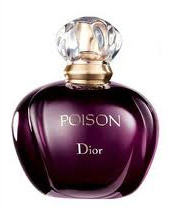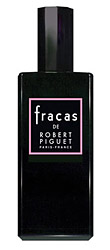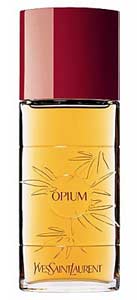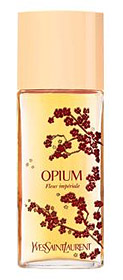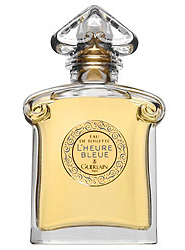I was wearing Fleurs de Rocaille around today to see how she’d do with a little bit of aging and stood a bit too close to a rather unimpressed young woman who upon catching a whiff of it proclaimed, “Someone’s wearing grandma’s perfume!” Ah, complete strangers making loud comments about my perfume. What a life. 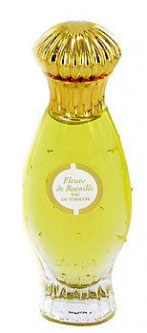
In Bottle: To be fair to the aforementioned young lady, Fleurs de Rocaille is old and she smells like she came from a different era for sure. She’s a classic from 1934 when she was composed by Ernest Daltroff.
Applied: Fleurs de Rocaille’s opener is a bit sweet for me thanks to the violet she also has a bit of headiness but she does smooth out. She opens with a fantastic flair of aldehydes and florals, a very pretty rose note up top that stays throughout the scent. Then she settles down a bit. Not quite to the stage of modern perfumes with their clean, floral mid-stages or inoffensive fruity blasts. She’s a powdery, soapy, floral thanks to those famous aldehydes that everyone with a modern nose seems to equate to either grandmas or cat pee. I hope their grandmothers are cheap with their presents this year. Honestly, people, lay off the old ladies, would you? There’s a lot of florals to be had in this scent with the jasmine, rose, and narcissus playing the loudest among a group of green, softer flowers. Fleurs de Rocaille blends the florals so well with a very classic aldehyde rose build that settles into the base and end stage along with a very woody and warm amber scent.
Extra: Seems like the perfume industry loves to confuse its customers. There are two “Fleurs de Rocaille” scents. The one tested and reviewed in this post was Fleurs de Rocaille. There is another, more modern version, called Fleur de Rocaille. Note the missing plural. The more modern version was released in 1993.
Design: Fleurs de Rocaille’s bottle reminds me a bit of Annick Goutal’s ribbed bottles. The shape is similar and the cap’s ribbed shape is very reminiscent of Annick Goutal. I like it though. It’s a nice feminine shape with a pleasant weightiness and a good, simple, clean design. Nothing fancy about this!
Fragrance Family: Aldeyhyde Floral
Notes: Bergamot, palisander, gardenia, violet, oriss root, jasmine, narcissus, rose, carnation, lily-of-the-valley, ylang-ylang, lilac, mimosa, iris, amber, sandalwood, cedar, musk.
This little tester vial of Fleurs de Rocaille has actually been bouncing around my “to test” pile for a while. For some reason, I had convinced myself that I had Fleur de Rocaille instead of the older version.
Reviewed in This Post: Fleurs de Rocaille, ~1980, Eau de Toilette.




